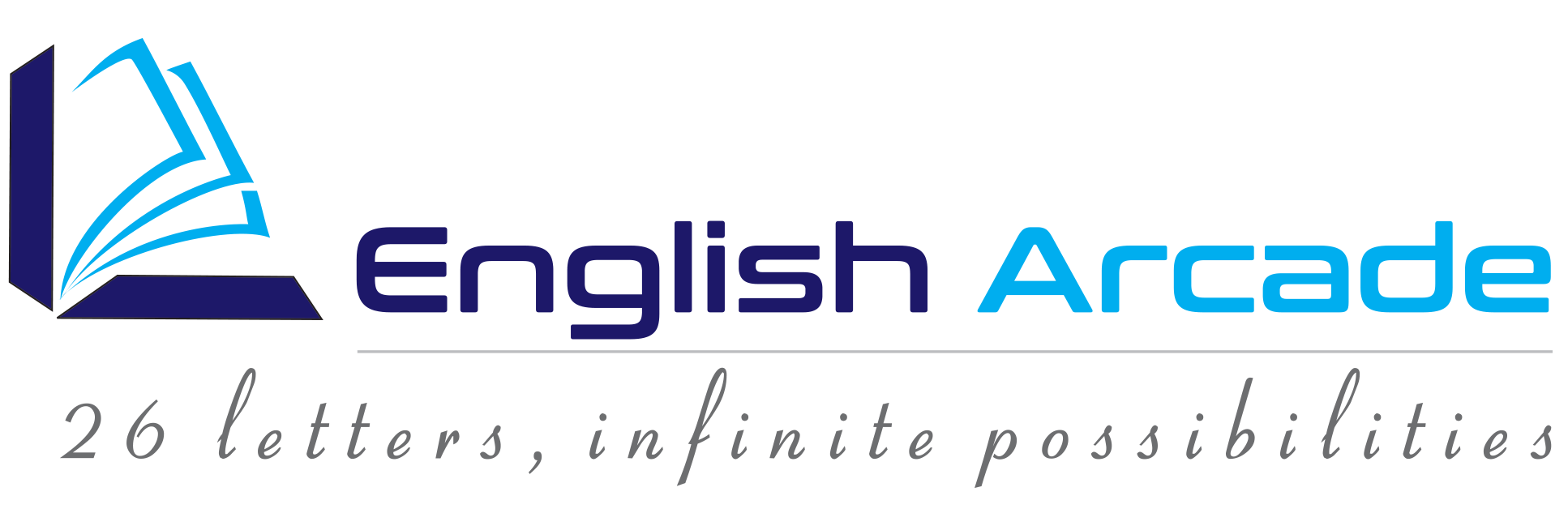Designing an Effective Employee Training Program
Constantly evolving landscapes in modern businesses today means that the role of an effective employee training program cannot be emphasized enough. Employee training programs are not about checking boxes; they are pivotal in driving productivity and enhancing workforce capabilities thereby ensuring the success of an organization. Let’s take a look at some of the key steps that go into designing an impactful training program by incorporating best practices in learning and development. Assessing Training Needs: Designing an effective employee training program begins with a detailed assessment of your workforce’s current competencies and skills. This means conducting comprehensive skill gap analyses, gathering relevant feedback from employees at all levels, as well as evaluating the efficacy of existing training resources. Doing this helps you pinpoint areas that require improvement and development, thus laying a solid foundation for your training program. Setting Objectives: Once the areas for improvement have been identified, the next step is to define clear and measurable training objectives that align with your organization’s most critical business goals. The SMART criteria (Specific, Measurable, Attainable, Relevant, Time-bound) will help you build objectives that not only guide the training process but also drive meaningful outcomes. Identifying Suitable Training Methods: Today’s diverse workforce makes it imperative to consider the various learning styles and preferences of your employees. Options can range from eLearning platforms and on-the-job training to coaching, instructor-led sessions, simulations, and video training. Tailoring your training methods to suit the needs of different employee groups will ensure maximum engagement and knowledge retention. Developing Effective Training Material: The effectiveness of your training program is significantly dependent on the quality of your training materials. Engaging and interactive content always resonates with your employees’ learning needs. Leverage an even mix of formats such as documents, eLearning modules, presentations and visuals so you cater to different learning preferences, thereby enhancing overall comprehension. Investing in Training Technology: Today’s digital age requires leveraging different technologies. This is the key to delivering an impactful and seamless training experience. Invest in cutting-edge tools such as Digital Adoption Platforms (DAP), eLearning software, and Learning Management Systems (LMS) to automate and personalize training programs for your learners. This streamlines the training process and provides valuable data insights for continuous improvement. Engaging and Motivating Participants: Engagement and motivation are the cornerstones of effective training programs. You can foster a culture of learning by encouraging active participation, making training content relevant, providing real-world examples, setting clear expectations, and offering continuous feedback and support. Recognize, reward and celebrate achievements to boost motivation and sustain enthusiasm among participants. Evaluating and Monitoring: The journey of learning does not end with the completion of training sessions. Continuous evaluation and monitoring the effectiveness of your training program is crucial. At regular intervals, conduct knowledge assessments, gather feedback from employees, leverage data analytics, observe job proficiency levels, and track business impact metrics. These insights will help you enhance and refine your training program ensuring its relevance and efficacy over time. Benefits of an Effective Employee Training Program: Implementing an effective employee training program yields a multitude of benefits that directly impact organizational success: Enhanced Productivity: Equipping employees with the right skills and knowledge will help them perform their tasks more efficiently, leading to higher productivity and performance levels across the board. Increased Employee Engagement: Training opportunities demonstrate commitment towards employee growth and development at the organisational level. This helps foster a sense of investment and enthusiasm among employees, which in turn drives higher engagement levels. Reduced Turnover: Investing in employee development not only promotes loyalty but also reduces turnover rates. This saves costs associated with recruitment and onboarding while also helping preserve institutional knowledge within the organization. Adaptation to Change: Well-trained employees are more adaptable and agile when faced with industry changes and market dynamics. This sort of agility ensures the organizational resilience and competitiveness that a constantly evolving business landscape requires. Competitive Advantage: A highly skilled, engaged, and continuously learning workforce contributes to the creation of superior products and services. This, in turn, attracts top talent, and gives the organization a competitive edge in the market eventually helping retain customers. To conclude, designing an effective employee training program requires a strategic approach that encompasses assessment, continuous evaluation, engaging content, objective setting, participant motivation, technology integration, and varied training methods. By following these best practices, leveraging technology and engagement strategies, organizations can design training programs that empower employees, drive organizational success, and stay ahead in today’s dynamic business environment.
Designing an Effective Employee Training Program Read More »


